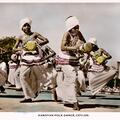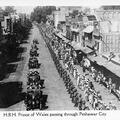The Massacre Ghat
In one of the earliest series of postcards of India by Tuck, four of the six Kanpur postcards recalled events a half-century earlier; the "Mutiny," as the British called this major uprising against their rule remained very much part of colonial


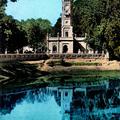
![Tagore [Silk] Tagore [Silk]](https://www.paperjewels.org/sites/default/files/styles/square_thumbnail/public/slides/tagore-silk.jpg?itok=LiKDYsxe)
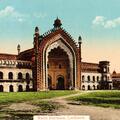
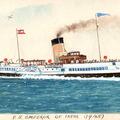
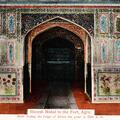
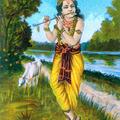
![Guerre 1914 - Hindu Fumant La Pipe [Indian Smoking a Hookah] Guerre 1914 - Hindu Fumant La Pipe [Indian Smoking a Hookah]](https://www.paperjewels.org/sites/default/files/styles/square_thumbnail/public/slides/guerre-1914-hindu-fumant-la-pipe.jpg?itok=kwDQFF8z)
